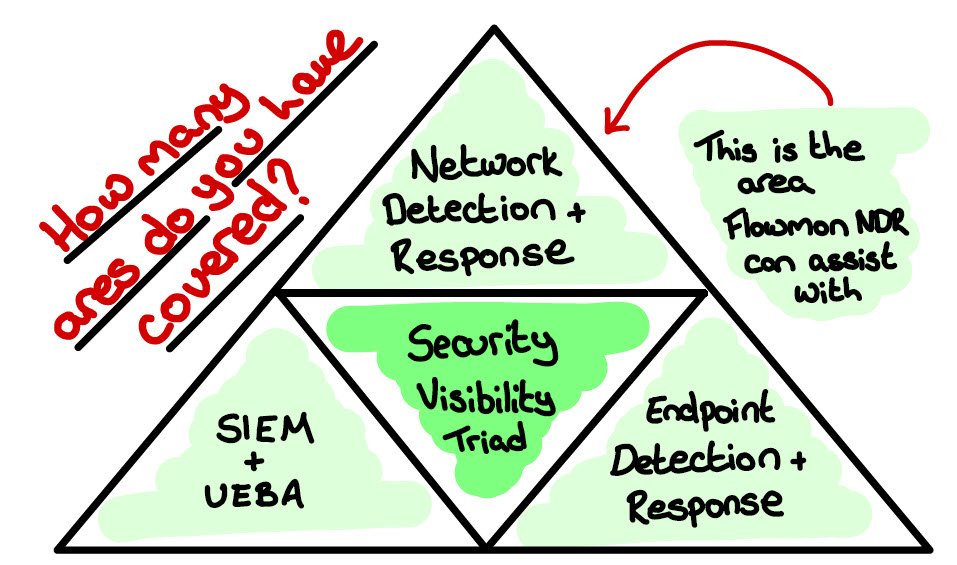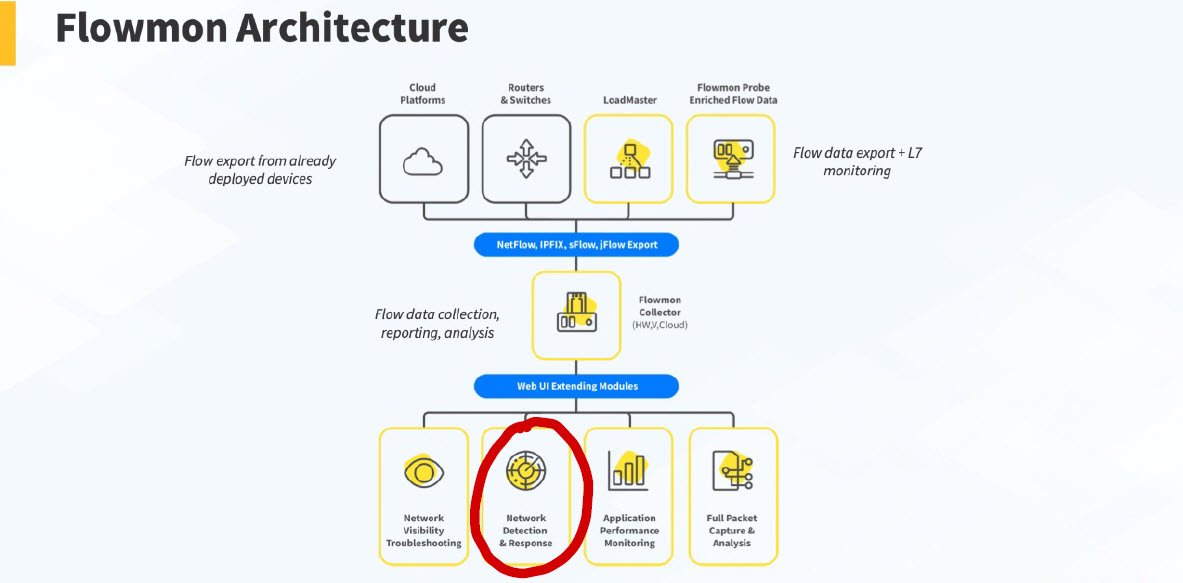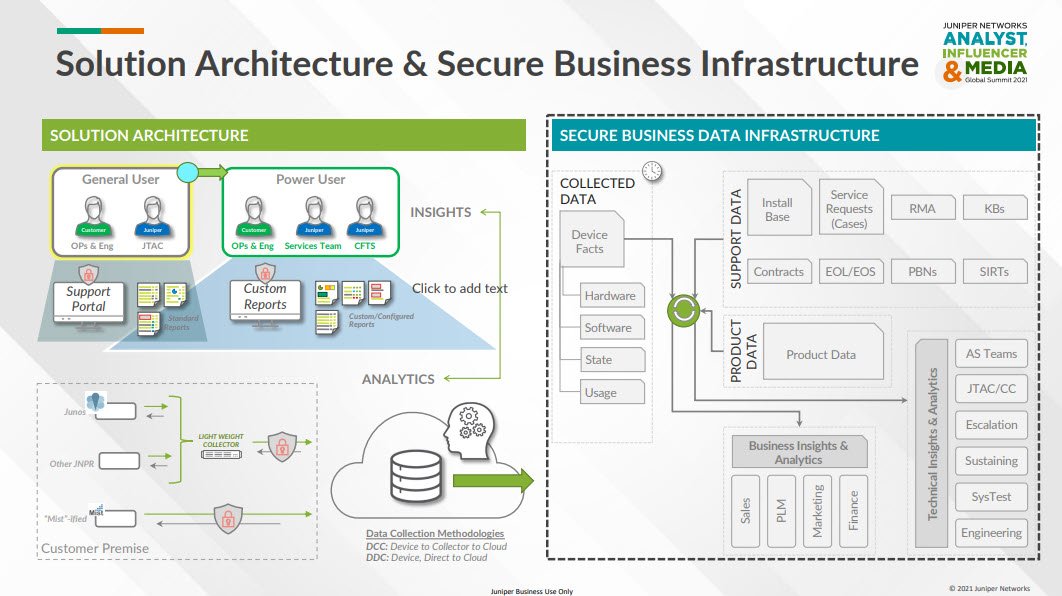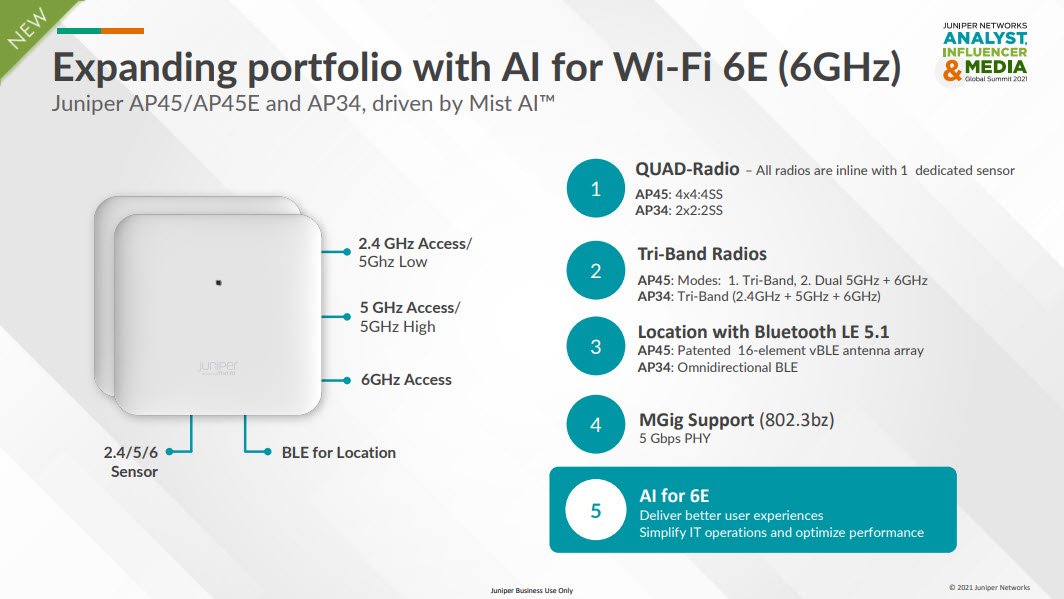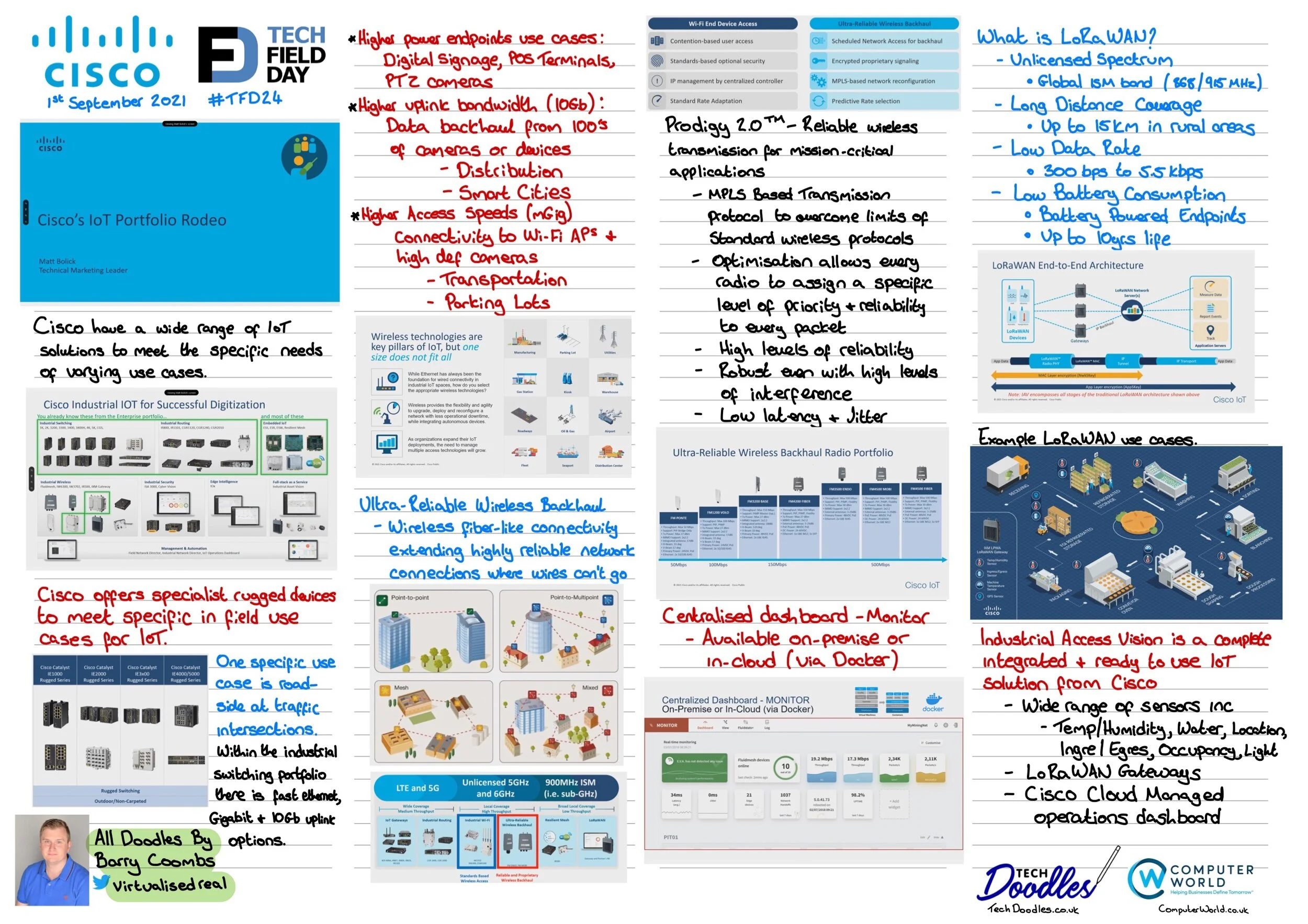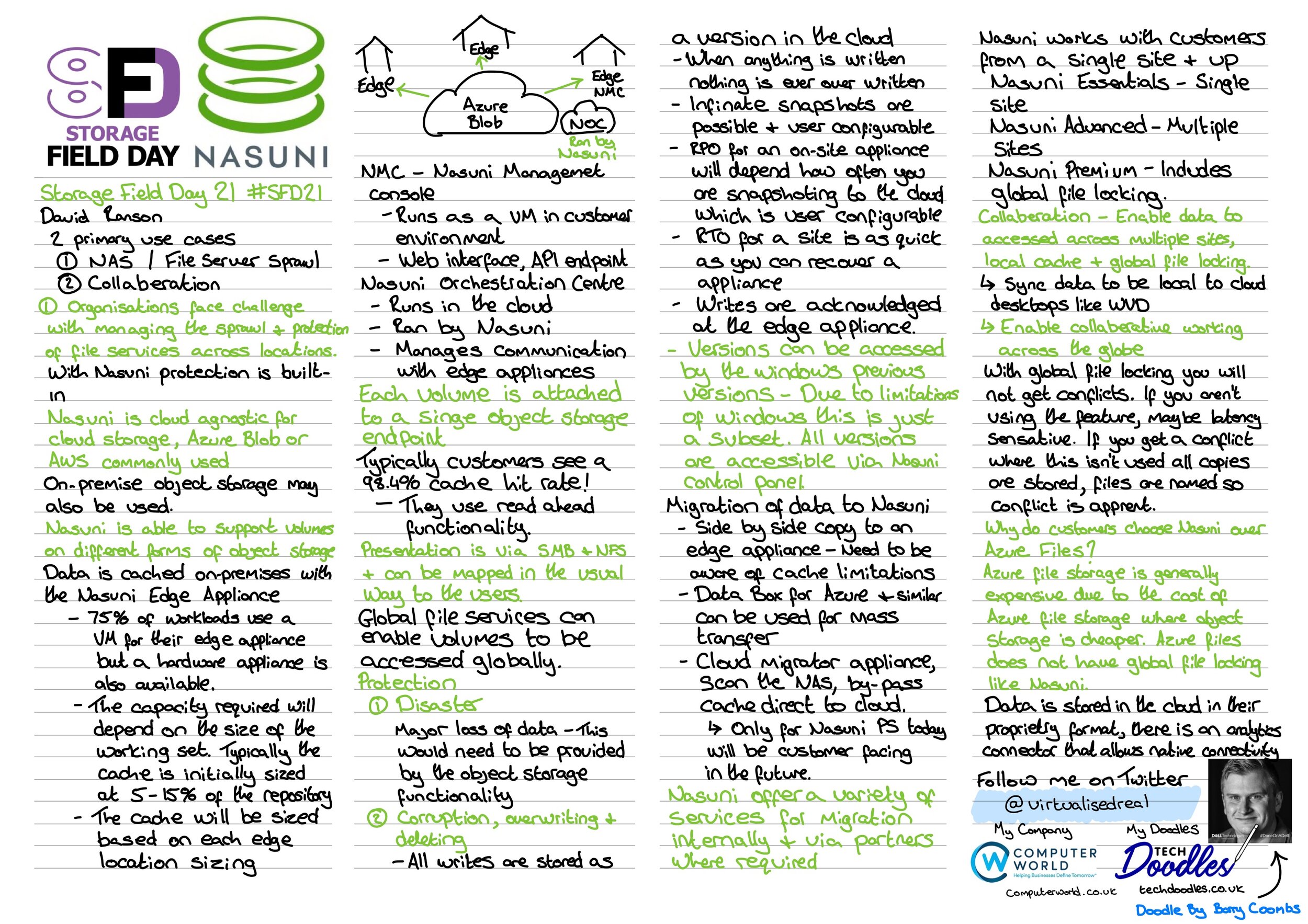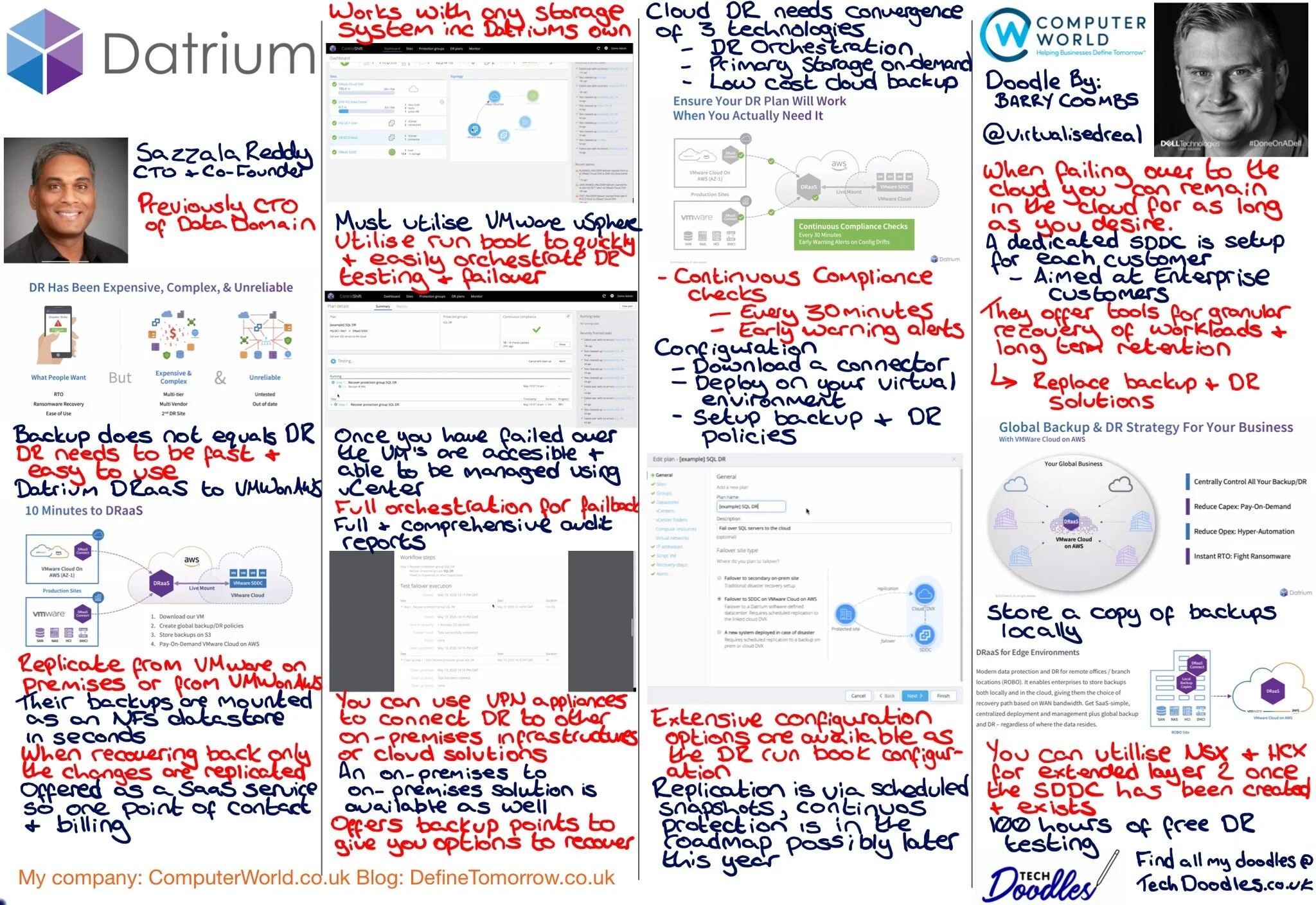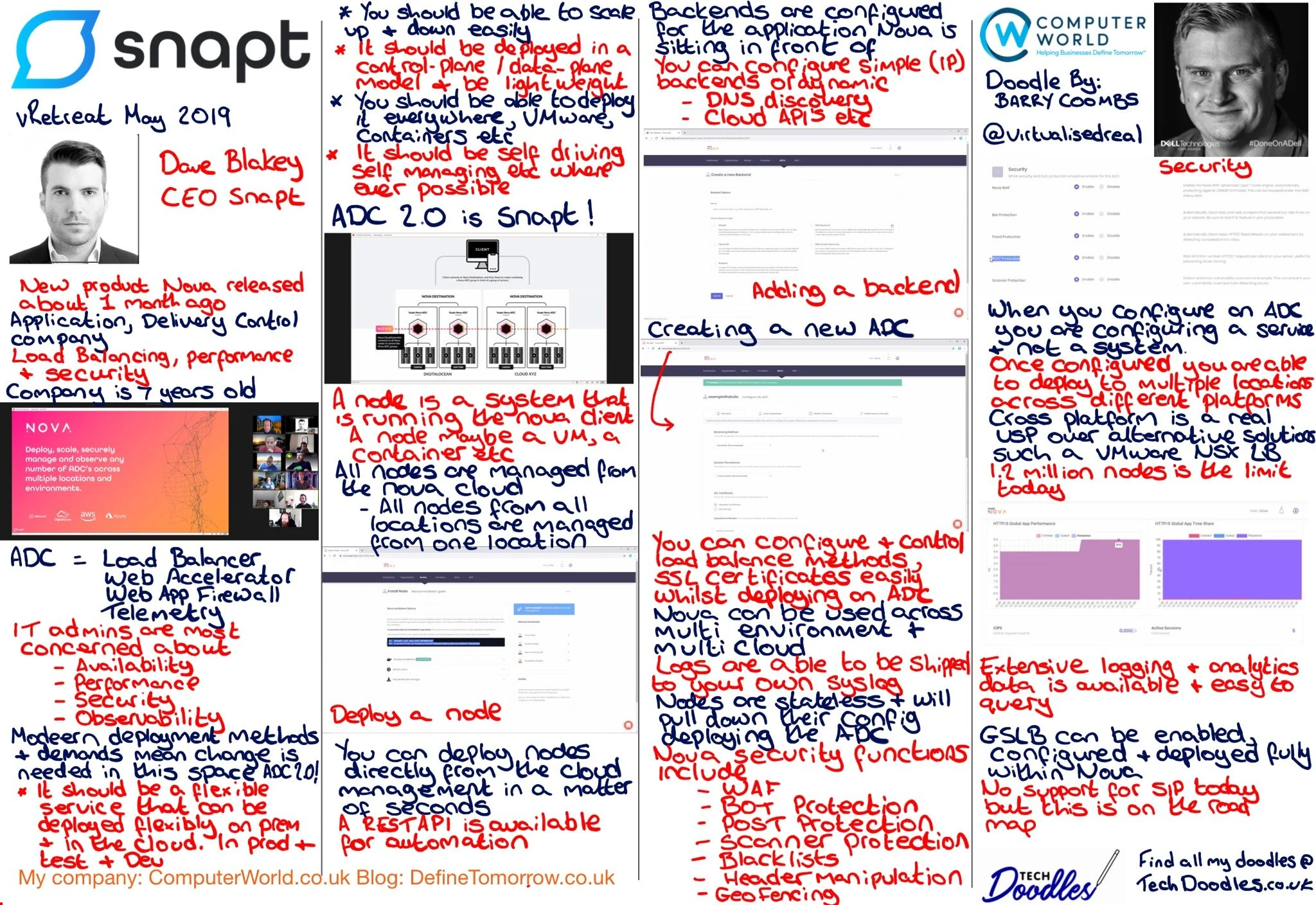I recently had the opportunity to attend Tech Field Day 27, where industry leaders in the CXL space, Memverge, AsteraLabs, and the CXL Consortium, presented their latest developments in high-speed interconnect technology. These presentations highlighted how Compute Express Link (CXL) is poised to revolutionise server architecture and transform memory utilisation in data centres.
CXL provides a unified, high-performance interface for memory, storage, and computational resources, enabling efficient processing of large amounts of data with reduced latency. With CXL, data centre operators can build more scalable, efficient, and versatile systems, allowing for better energy efficiency and reduced costs.
One of the key advantages of CXL is its ability to provide a high-speed interface between CPUs and other accelerators. This can significantly reduce latency and improve performance in data centre applications such as machine learning, artificial intelligence, and big data analytics. CXL also provides a unified interface for memory, and computational resources, simplifying system design and management and improving resource utilisation.
CXL is highly scalable and efficient, allowing data centre operators to build systems that can scale up or down as needed without sacrificing performance or efficiency. By reducing the complexity and cost of memory management, CXL promises to improve the overall performance of data centre applications.
Just as Storage Area Networks (SANs) revolutionised how storage is managed in data centres, CXL is poised to transform how memory is utilised in server architectures. Like SANs, CXL offers a scalable and efficient solution to a critical problem in data centre architecture. As data centre applications have grown in complexity and demand, the need for faster and more efficient memory utilisation has become increasingly important. CXL provides the necessary bandwidth and performance to keep up with these demands, allowing companies to build systems that can scale up or down as needed without sacrificing performance or efficiency.
CXL is a game-changing technology that promises to transform memory utilisation in data centres. With its scalability, versatility, and energy efficiency, CXL will play a critical role in the future of server architecture. The developments presented at Tech Field Day 27 highlight the exciting advancements and demonstrate the potential for CXL to revolutionise the data centre industry, just as SANs did for storage.
If, like me, you are new to the concepts of CXL, I highly recommend you watch the presentation by the CXL Consortium below. Also, be sure to check out the websites of the CXL presenters for more information, the links are below.





